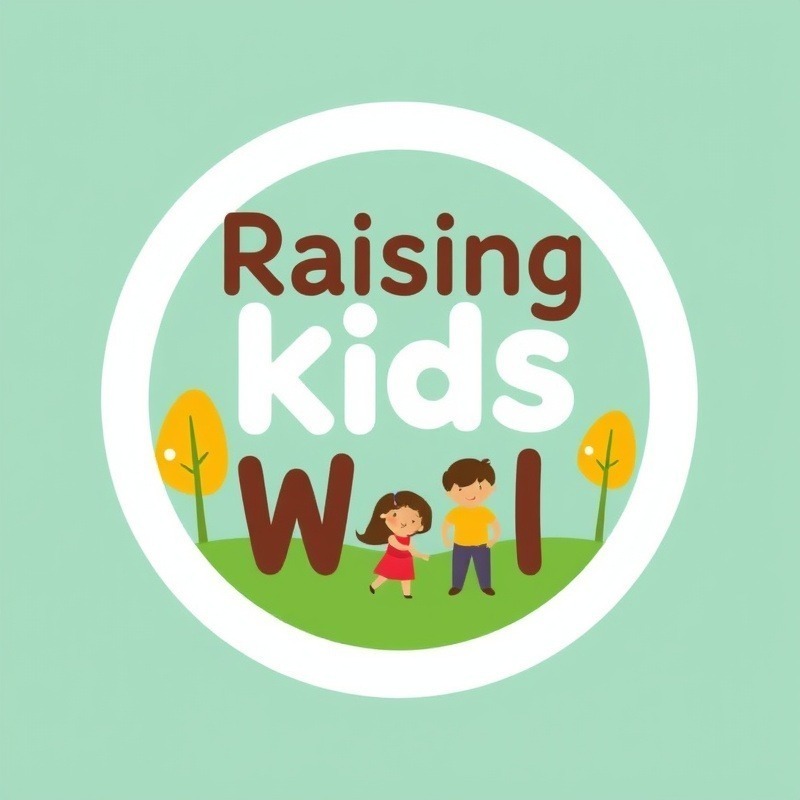
Empowering Conversations: Why Body Safety Matters
In today’s world, conversations about body safety are more crucial than ever. With statistics showing that approximately 1 in 6 boys and 1 in 4 girls face sexual abuse before the age of 18, it’s vital that parents take proactive steps to educate their children on this sensitive yet essential topic. Teaching body safety doesn’t have to invoke fear; rather, it can empower children with the confidence and skills they need to stay safe and speak up for themselves.
The Cornerstone of Body Safety: Belief and Support
The first and most critical tip is ensuring your child knows they can always count on you to believe them. Phrases like “You can always tell me anything” or “I will believe you” can foster an environment of trust. This trust creates a safety net that encourages children to voice their worries or experiences, even if they feel nervous or uncertain. When children know they can confide in you without fear of being dismissed or blamed, they learn that their feelings matter, enhancing their emotional intelligence and personal boundaries.
Everyday Moments: Teaching Through Experience
Using everyday moments to teach kids about their bodies and comfort levels can make a significant difference. By describing personal feelings during daily life—like saying “I felt scared when that noise happened” or “I’m relaxed reading this book”—you provide them with relatable templates for recognizing their own emotions. Role-playing scenarios where they practice responding to uncomfortable situations can also be beneficial, reinforcing their ability to act when faced with genuine challenges.
Vocal Empowerment: Giving Children a Voice
A child’s ability to express discomfort is integral to their body safety. Encourage them to practice saying phrases such as “I don’t like that,” “Please stop,” or “That feels uncomfortable.” It's essential to back them up when they use their voice to refuse unwanted affection, whether from friends or family. A culture of respect for their “no” fosters assertiveness and shows them that consent is vital, regardless of who is involved.
Identifying Safe Adults: Building a Trusted Network
Children need to know who their safe adults are—those they can go to when they feel scared or unsure. This can be a parent, teacher, family friend, or any trusted figure. Help your child create a list of people they can rely on, easing their anxiety and increasing their willingness to seek help when necessary. Having identifiable figures in their lives can be empowering, making them feel more secure in social settings and outside their home.
Strategies for Lifelong Safety
To continue reinforcing body safety as your child grows, consider implementing the “No, Go, Tell” strategy. This concept gives children actionable steps to take if they feel threatened: refuse, flee, and report. Practicing these steps can prepare them for real-life situations, making the process of speaking out feel more natural and reinforce their confidence in handling difficult scenarios.
Myths and Misconceptions About Body Safety
There are many myths surrounding discussions of body safety; the most prevalent being that it’s too early to explain these concepts to young children. In reality, prevention education should start as soon as they can talk. Addressing these topics early can create a solid foundation that your child can build on as they mature. It’s vital to clarify that discussions about body boundaries, consent, and safety are ongoing conversations, not singular events.
Practical Tips for Parents
Ultimately, maintaining open and honest dialogue about body safety helps demystify the subject. Here are a few ways to keep these discussions going:
- Utilize Everyday Scenarios: Candidly discuss body safety during bath time, playtime, or when watching TV.
- Role-play Scenarios: Simulate situations that require your child to speak up or set boundaries, making it a fun and interactive experience.
- Empower Language: Teach your child the proper names for their body parts early on, ensuring they can express themselves clearly.
Conclusion: The Path to Empowerment
Body safety education not only protects children but empowers them to take control of their own narrative. By fostering a culture of open communication, trust, and agreed-upon safety guidelines, parents can significantly reduce their child’s vulnerability to abuse. Remember, the ultimate goal is for your child to grow up understanding that their body belongs to them, and their voice is valuable.
If you're eager to learn more about empowering your child through body safety education, consider exploring comprehensive resources that provide structured lessons on how to discuss these topics effectively.
 Add Row
Add Row  Add
Add 



Write A Comment